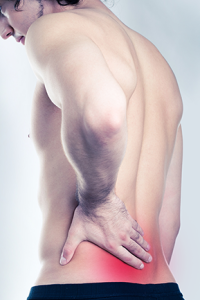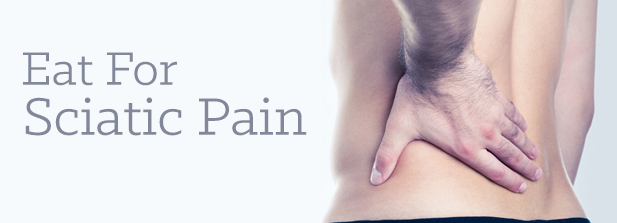Sciatica can be a pain in the backside, literally. But can nutrition really help with the pain you suffer everyday? The quick answer is yes!
Symptoms
First of all we need to look at the symptoms of Sciatic pain, which are:
- Pain in your bottom or leg that is worse when sitting
- Burning or tingling down the leg
- Weakness, numbness, or difficulty moving the leg or foot
- A constant pain on one side of the rear
- A shooting pain that makes it difficult to stand up
Causes
Sciatica is the irritation of the root(s) of the lower lumbar and lumbosacral spine. This can be a result of:
- Strenuous exercise or lack of exercise altogether
- Degenerative disc disease, which is the breakdown of discs which act as a cushioning between the vertebrae.
- Spondylolisthesis is where one vertebrae slips over another
- Lumbar spinal stenosis is narrowing of the spinal canal
- Being overweight
- Pregnancy
- Wearing high heels or well fitted shoes
- Sleeping on a mattress that does not support your back.
Can my diet help with the pain?
Absolutely! Maganesium plays a huge role in recovery of nerve disorders, especially Sciatic nerve injury, which have been proven to reduce inflammatory cells and enhanced nerve regeneration.
How Much Magnesium is Recommended a day?
The RDA is 400mg
What should I eat For Sciatic Pain?
Your Diet should mainly be high in magnesium. You can find lots of magnesium in green leafy vegetables but you also want to eat foods high in anti-inflammatory properties such as berries and ginger. Click below to download a list of foods suited for Sciatica.










No comments yet.